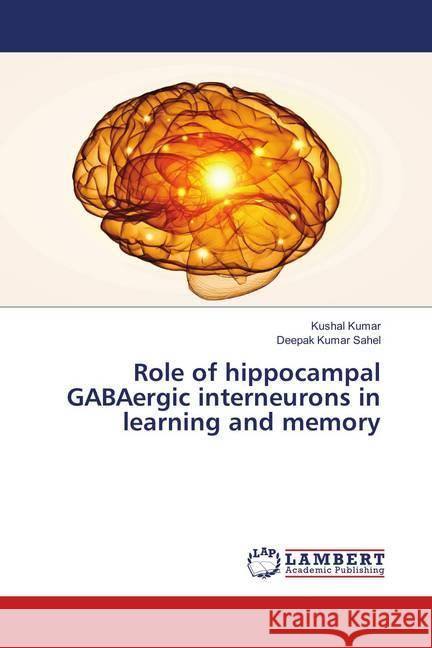Role of hippocampal GABAergic interneurons in learning and memory » książka
Role of hippocampal GABAergic interneurons in learning and memory
ISBN-13: 9786139576944 / Angielski / Miękka / 2018 / 60 str.
Spatial learning and memory is the ability to recall the spatial experience and one of the major objectives to evaluate various neurological disorders. Hippocampus is the main region of the brain responsible for the acquisition of spatial learning and memory. Initially, it was assumed that only medial septum and diagonal band of Broca (MSDB) cholinergic projection are the major input to the hippocampus and have a significant role in acquisition and consolidation of spatial learning and memory. However, mounting shreds of evidence advocating the role of various afferent projections viz., raphe nuclei (RN) serotonergic projections, locus coeruleus (LC) adrenergic projections and LC and ventral tegmental area (VTA) dopaminergic ascend towards the hippocampus from different areas of the brain. Apart from MSDB afferent projections, RN-serotonergic, LC-adrenergic, LC- and VTA-dopaminergic afferent projections have been found to be equally important in initial acquisition and consolidation of spatial learning and memory. GABAergic interneurons have been found to control all these processes.











